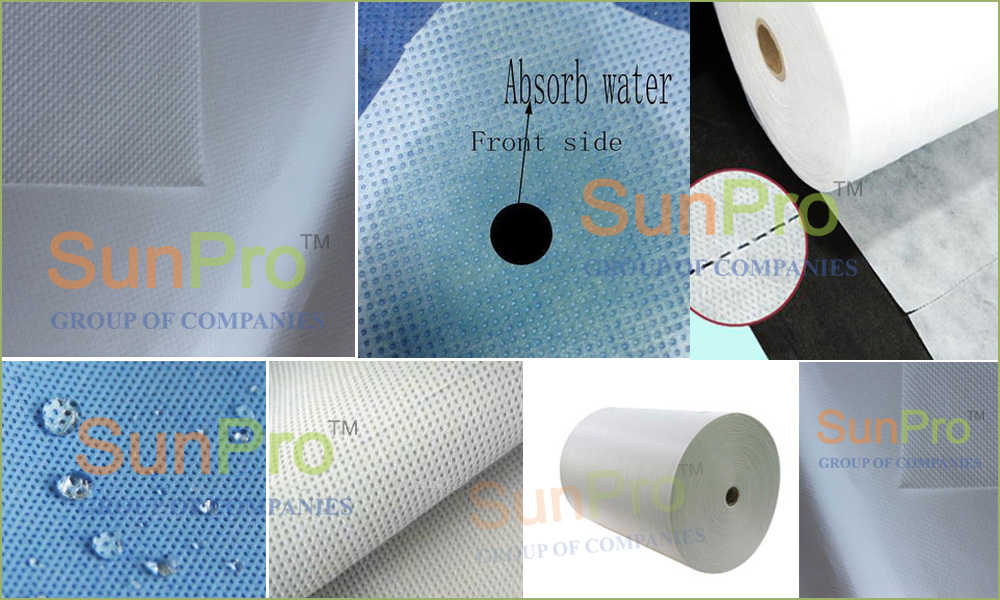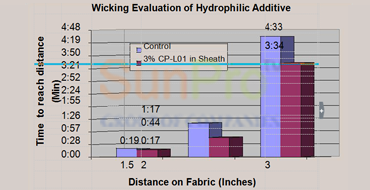-
+91 7383115721
PE Laminated Hydrophilic Spunbond nonwoven is with no color or pattern. and it is the material of multicolor spunbond, printing spunbond. Spunbond fabrics are produced by depositing extruded, spun filaments onto a collecting belt in a uniform random manner followed by bonding the fibers. The fibers are separated during the web laying process by air jets or electrostatic charges. The collecting surface is usually perforated to prevent the air stream from deflecting and carrying the fibers in an uncontrolled manner. Bonding imparts strength and integrity to the web by applying heated rolls or hot needles to partially melt the polymer and fuse the fibers together. Since molecular orientation increases the melting point, fibers that are not highly drawn can be used as thermal binding fibers. Polyethylene or random ethylene-propylene copolymers are used as low melting bonding sites. Spunbond products are employed in carpet backing, geotextiles, and disposable medical/hygiene products. Since the fabric production is combined with fiber production, the process is generally more economical than when using staple fiber to make nonwoven fabrics.

| Test | Unit | Typical Value 15 GSM | Typical Value 17 GSM |
| Mass per Unit Area | GSM gm/cm2 | 15±7% | 17±7% |
| Thickness | DTEX | 2.5 to 4.0 | 2.5 to 4.0 |
| Tensile Strength - MD | N/5CM | 20 to 25 | 22 to 28 |
| Tensile Strength - CD | N/5CM | 12 to 15 | 15 to 19 |
| Elongation MD/CD | % | 55 to 100 | 55 to 100 |
| Air Permeability | M3/M2/min | 150 to 550 | 150 to 450 |
